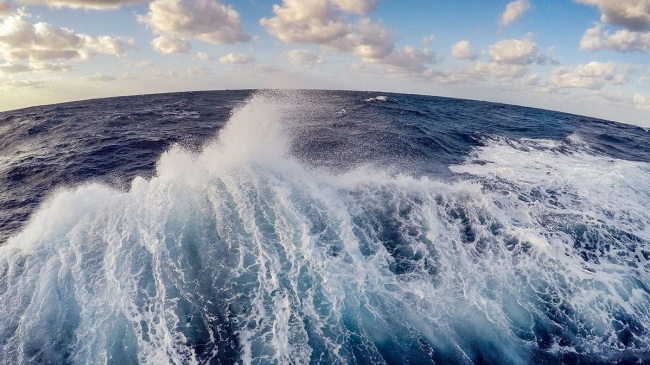
During a pandemic, it is ideal to have outdoor spaces that children and families can enjoy far from others to prevent the spread of the virus. In this case, a young girl is tidepooling in a marine reserve off the University of California, Santa Barbara campus, during an exceptionally low king tide. This preserve is close to the Channel Islands National Marine Sanctuary, located offshore Southern California. Experiences in nature like this can re-engage children after they have spent so much time looking at a screen during remote instruction. (Image credit: Claire Fackler, NOAA National Marine Sanctuaries)
"In 1972, in response to the dire state of our environment and growing public concern, Congress passed a series of bedrock conservation acts to safeguard our nation’s coasts, shores, and marine ecosystems.
"This week marks the 50th anniversaries of the Marine Mammal Protection Act, the National Marine Sanctuaries Act, and the Coastal Zone Management Act. These historic laws provide a foundation for the nation’s ocean and coastal conservation efforts and shape how many Americans view the environment. But most importantly, these past 50 years have demonstrated our nation’s ability to work collectively to spur economic opportunity, protect our natural resources and wildlife, and ensure that future generations are able to enjoy their splendor.
"Today, our conservation and restoration efforts are undertaken with an increasing sense of urgency in the face of the climate crisis. Across NOAA, from the National Marine Fisheries Service to the Office of National Marine Sanctuaries and the Office for Coastal Management, we’re working to build climate resilience into how we manage and protect our resources and marine environments. We’re committed to ensuring that the next 50 years of our conservation efforts build on our heritage and address existing and future threats with the best available science and data.
"To honor the legacy of these acts, I encourage you to visit noaa.gov, as well as the websites for NOAA Fisheries and NOAA Sanctuaries, to explore our resources and explainers on their achievements."
— Dr. Rick Spinrad




